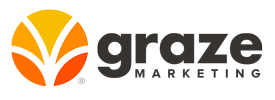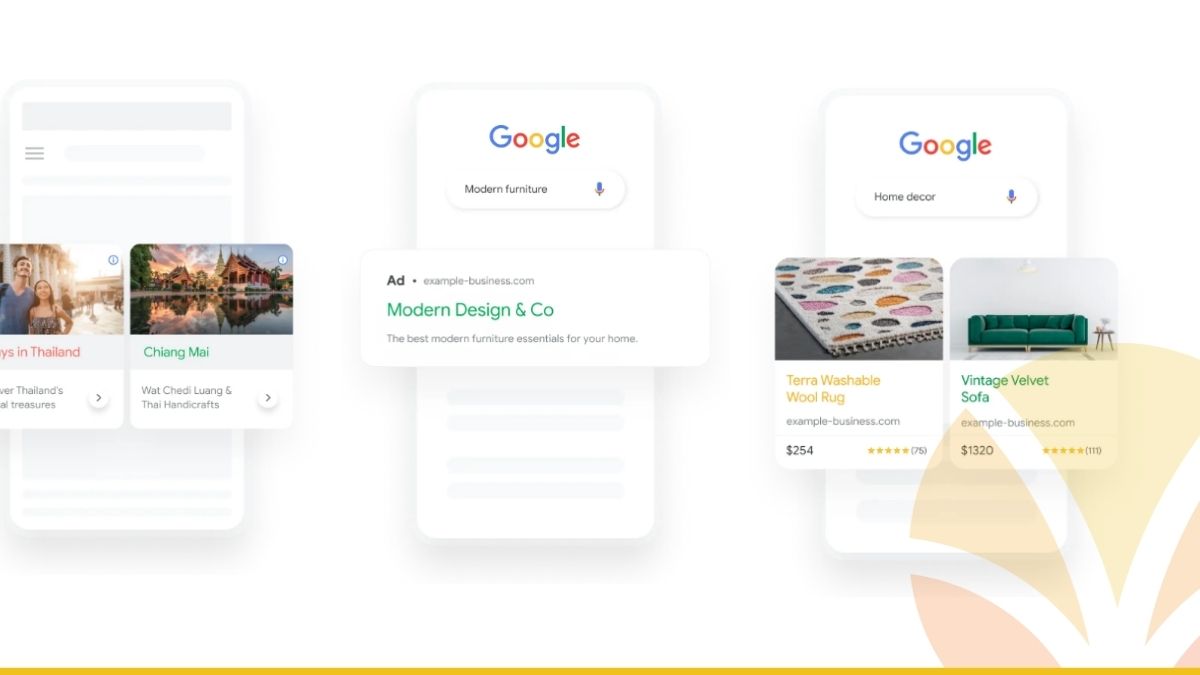Google Performance Max campaigns are one of the newer ad types offered on the Google Ads platform, presenting yet another ad type for advertisers to consider. While these campaigns can drive some compelling results, this isn’t always the case. Our Google Ads agency has run a number of tests on these campaigns and we’ve found that there are benefits and drawbacks to these campaigns that you should consider before launching a new campaign. What follows is our deep-dive into this Google Ads campaign type, offering guidance on when they make sense, when they don’t, and how you can build these campaigns out as effectively as possible.
What is Google Performance Max?
Performance Max is a campaign type on Google Ads designed to streamline and optimize advertising efforts across the Google Network. Powered by AI, Performance Max automatically mixes and matches assets to create compelling ads tailored to each customer, maximizing conversion opportunities.
Benefits of Performance Max
- Consolidated Campaign Management: Promote your business across the Google Network (Search, YouTube, Gmail, Partners, etc.) from a single campaign.
- Efficiency: Spend less time managing campaigns and more time focusing on your business objectives.
- AI-Powered Optimization: Leverage AI to reach the right audience at the right time, in an effort to drive more conversions at a similar cost per action.
When to Use Performance Max
Performance Max campaigns are particularly beneficial in certain scenarios. Here’s when you should consider using them:
- E-commerce and Automotive Dealerships: If you operate in the e-commerce or automotive industry, Performance Max campaigns can be highly effective. These campaigns allow you to showcase your products or inventory to a broader audience, driving more conversions and sales.
- When Targeting a Wide Audience: If your goal is to reach a broad audience across various Google platforms, Performance Max campaigns are ideal. They enable you to promote your business across search, display, video, and other channels, maximizing your reach and visibility.
- For Streamlined Campaign Management: If you’re looking to simplify your advertising efforts and reduce the time spent on campaign management, Performance Max campaigns offer a solution. With all-in-one campaign management, you can focus on your business objectives while letting AI handle the optimization.
When You Shouldn’t Use P-Max
While Performance Max campaigns offer significant advantages in certain scenarios, there are instances where they may not be the ideal choice. Here’s when you should minimize your spend on Performance Max:
- Limited Historical Data: Performance Max relies heavily on historical conversion data to optimize campaigns effectively. If you’re launching a new Google Ads account or starting new campaigns without sufficient historical data, Performance Max may not deliver optimal results.
- Complex Campaign Objectives: If your advertising goals require highly customized targeting or complex campaign structures, Performance Max may not provide the level of control and flexibility you need. Campaigns with intricate targeting parameters or specific audience segments may be better managed through traditional Google Ads campaign types.
- Niche Industries or Products: In niche industries or for products with highly specific target audiences, Performance Max may not always deliver the desired results. Campaigns targeting niche markets may benefit more from tailored approaches that allow for greater customization and niche-specific messaging.
Google Performance Max Ad Specs
When setting up your Performance Max campaign, it’s essential to understand Google’s Performance Max ad specs for adding assets. Here’s a detailed guide on the requirements for text and image assets:
Text Specifications
- Final URL: Include one final URL directing users to your landing page.
- Headline: Add up to 15 headlines, each with a maximum of 30 characters. Ensure at least one headline has 15 characters or less.
- Long Headline: You can include up to 5 long headlines, with a maximum of 90 characters each.
- Description: Add up to 4 descriptions, each with a maximum of 90 characters. Include at least one description with 30 characters or less.
- Business Name: Provide your business name, limited to 25 characters.
- Call-to-Action: By default, the call-to-action is automated, but you can select one from a list.
- Display URL Path: You can add up to 2 display URL paths, each limited to 15 characters.
Image Specifications
- Landscape Image: Recommended size is 1200 x 628 px with an aspect ratio of 1.91:1. You can add up to 20 landscape images.
- Square Image: Recommended size is 1200 x 1200 px with an aspect ratio of 1:1. You can add up to 20 square images.
- Portrait Image: Recommended size is 960 x 1200 px with an aspect ratio of 4:5. You can add up to 20 portrait images.
- Square Logo: Recommended size is 1200 x 1200 px with an aspect ratio of 1:1. You can add up to 5 square logos.
- Landscape Logo: Recommended size is 1200 x 300 px with an aspect ratio of 4:5. You can add up to 5 landscape logos.
Video is another asset type you can incorporate into your performance max campaigns. According to Google:
Video ads are critical to the success of your campaign and can increase your campaign performance. If you’ve included at least one video in your Performance Max campaigns, you may be eligible to run on additional video inventory.
Performance Max campaigns must have at least one video that’s longer than 10 seconds. You can upload a maximum of 5 videos. We recommend having at least one landscape, square and vertical video.
If you don’t add a video to your Performance Max asset group, one or more videos may be auto-generated from the assets in your asset group and may appear in a horizontal or vertical format.
Google AI may also flip your uploaded videos to transform horizontal videos into square or vertical versions so they may serve on YouTube Shorts.
https://support.google.com/google-ads/answer/10724492?hl=en
Ensure that all text and image assets adhere to the specified requirements to optimize the performance of your Performance Max campaign. With the right assets, you can effectively reach your target audience and drive better results.
FAQ
How do Performance Max campaigns differ from traditional Google Ads campaigns?
Performance Max campaigns offer a consolidated approach to advertising, eliminating the need for managing multiple campaigns.
Can Performance Max campaigns benefit businesses of all sizes?
Yes, Performance Max campaigns are suitable for businesses of all sizes, offering streamlined advertising solutions.
How can I get started with Performance Max campaigns?
Simply create a new campaign in your Google Ads account, select Performance Max as the campaign type, and follow the prompts to set up your campaign objectives, provide creative assets, and define your target audience.
What kind of results can I expect from Performance Max campaigns?
Advertisers typically experience an average of 18% more conversions at a similar cost per action compared to traditional campaigns.
In conclusion, Performance Max campaigns are definitely worth consideration, and for some advertisers they can be critical to your success (e-commerce, automotive). For others, these ads simply offer another ad type for you to test and incorporate into your campaign mix if the results justify it. Like everything in marketing, testing is the key.

